Patton’s Best Friend
Dear Editors,
I have received my November 2004 issue and read it. I shared it with a neighbor and he has also ordered a subscription after seeing it. Read more
Dear Editors,
I have received my November 2004 issue and read it. I shared it with a neighbor and he has also ordered a subscription after seeing it. Read more
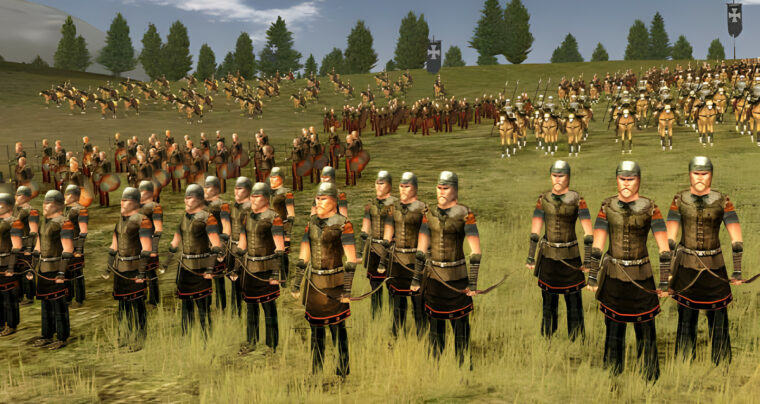
Fans of ancient combat are in luck due to the release of Rome: Total War for the PC from Activision. Read more
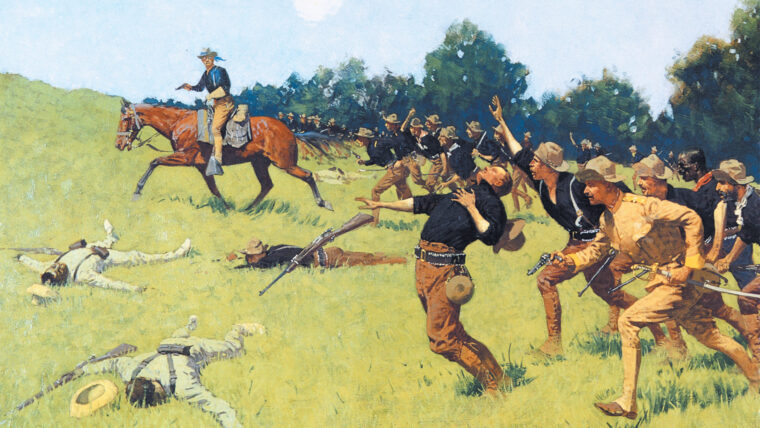
In 1898, with Indian campaigns in the past, the 28,000-man U.S. Read more
Dear Editors:
During a recent visit to Germany I read the October 2004 issue of Military Heritage—this magazine is unavailable in my home country of Bulgaria. Read more
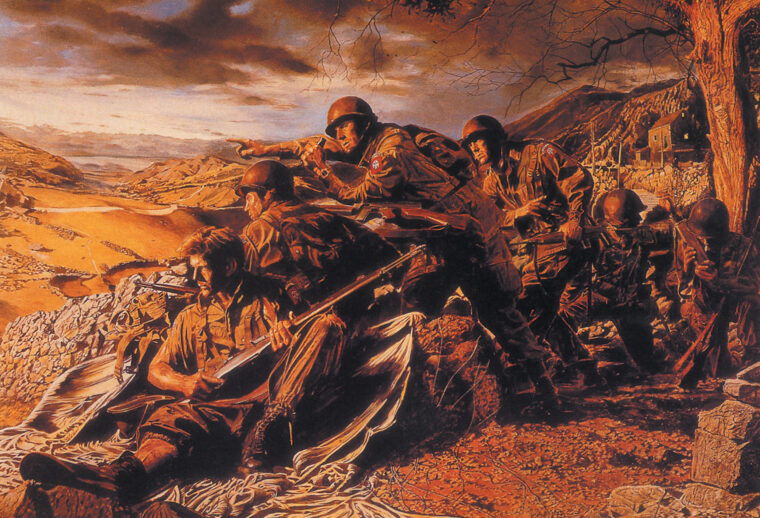
It is a gamble at best, and an invitation to disaster at worst,” writes Ed Ruggero of the first large scale U.S. Read more
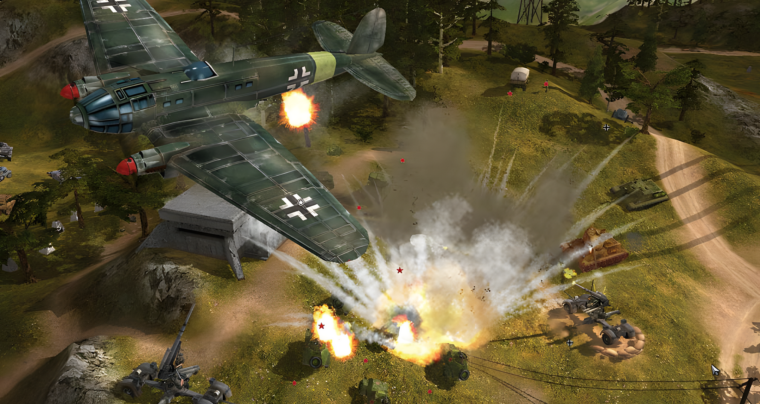
Codename: Panzers from CDV for the PC uses the troops, equipment, and tanks of World War II as the fodder for a real-time strategy game. Read more
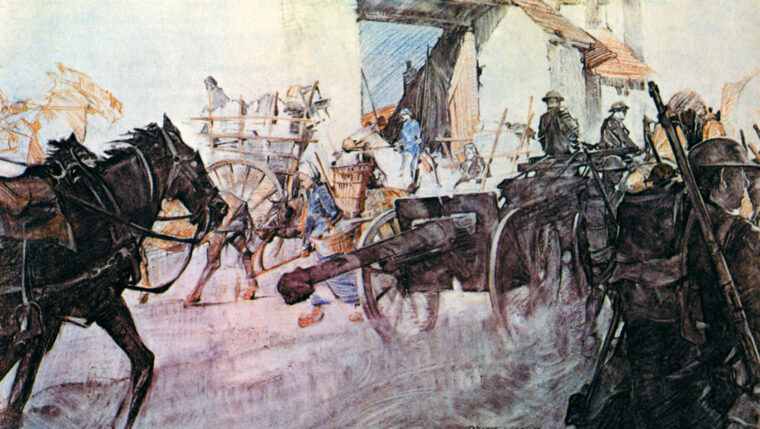
War stripped a man of his protective illusions and left only a terrible wisdom, which he had neither wanted nor consciously sought,” reflected Hugh S. Read more
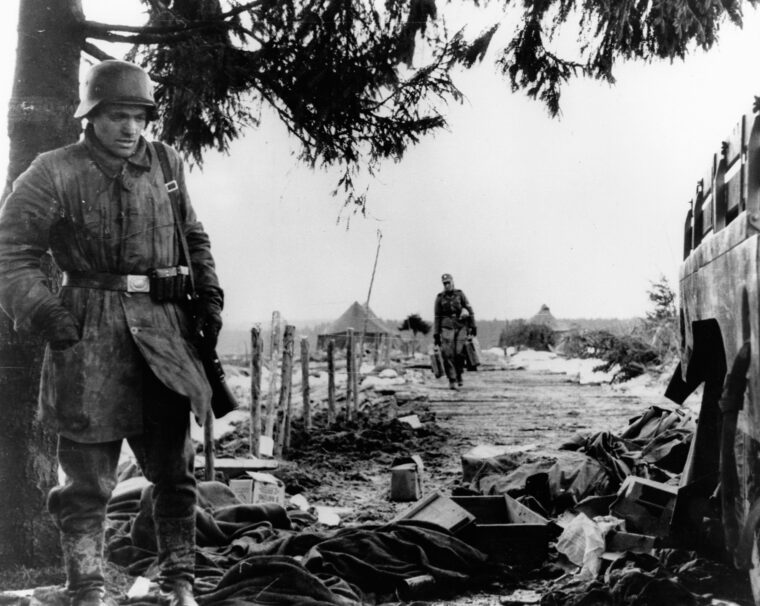
Sixty years ago this month, in the Ardennes region of eastern Belgium, Adolf Hitler rolled the dice for the last time in World War II. Read more
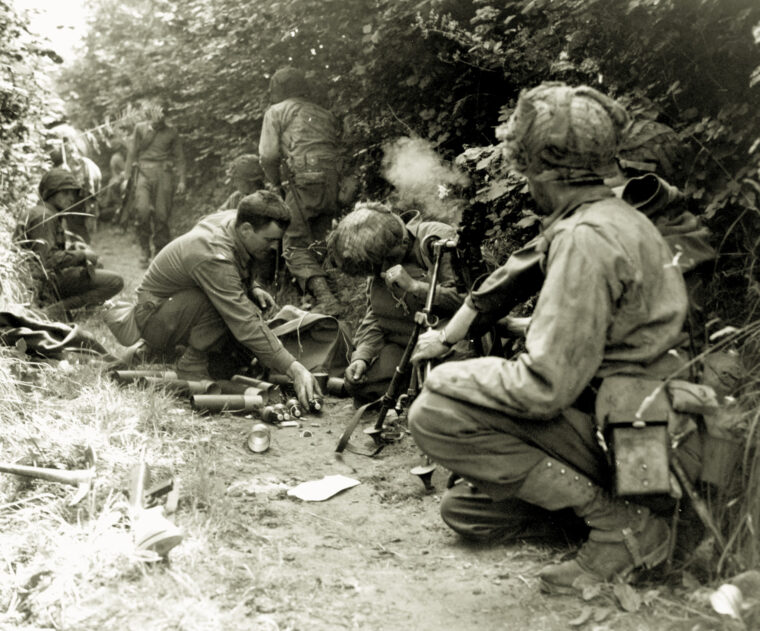
The subtitle for this book, How Ordinary Soldiers Defeated Hitler, pretty well sums up the authors’ objectives in describing the Normandy Campaign through the eyes of the men who did the actual fighting. Read more
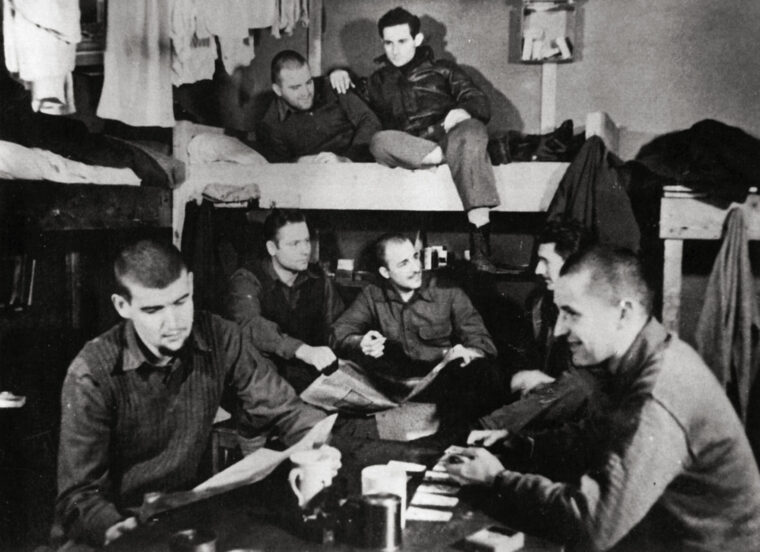
On June 6, 1944, Allied troops landed in Normandy, commencing the offensive that liberated Western Europe and contributed to the final Allied victory in Europe. Read more
Dear Editors,
I very much enjoy your magazine and the in-depth articles therein. In the January 2004 issue Mike Slater’s article “Desperate Marianas Counterstroke” was particularly interesting. Read more
Dear Editors,
I am a subscriber of your magazine Military Heritage. Recently, I have noticed that the tremendous, extraordinary battles and strategies of WWII have at best received minimal coverage. Read more
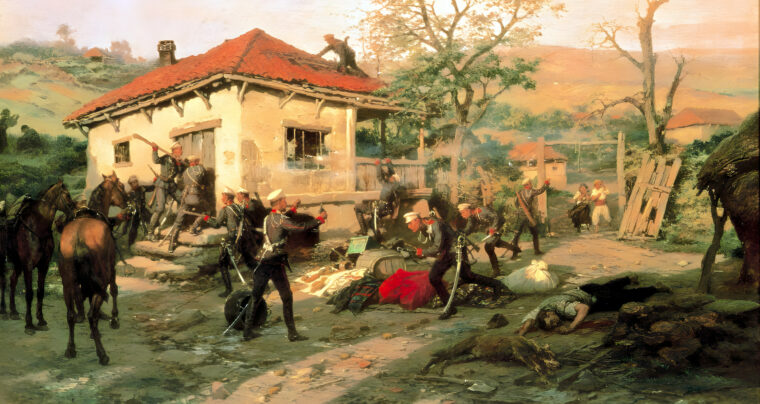
By the late 1870s, Turkey, the so-called “Sick Man of Europe,” was in terminal decline. While Sultan Abdul Hamid sequestered himself in his palatial compound through paranoid fear of an assassination, the Ottoman Empire was tearing itself apart. Read more
The casual reader of World War II history will come across the assertion that the Allies in Europe were reading the German codes. Read more
Dear Editor:
I enjoyed Blaine Taylor’s “Top Secret” column in the May 2004 issue. However, for future reference, you may want to review one minor technical error. Read more
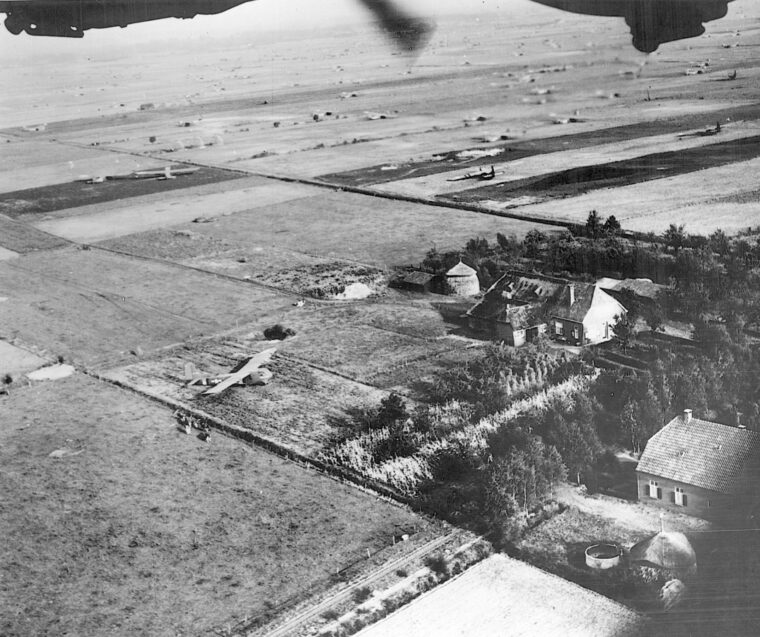
While the American 101st and 82nd Airborne Divisions were engaged in fighting near the Dutch towns of Eindhoven and Nijmegen, respectively, and the British XXX Corps struggled up the 100 miles of narrow road from the Belgian frontier toward Arnhem, Operation Market Garden very likely was already lost. Read more
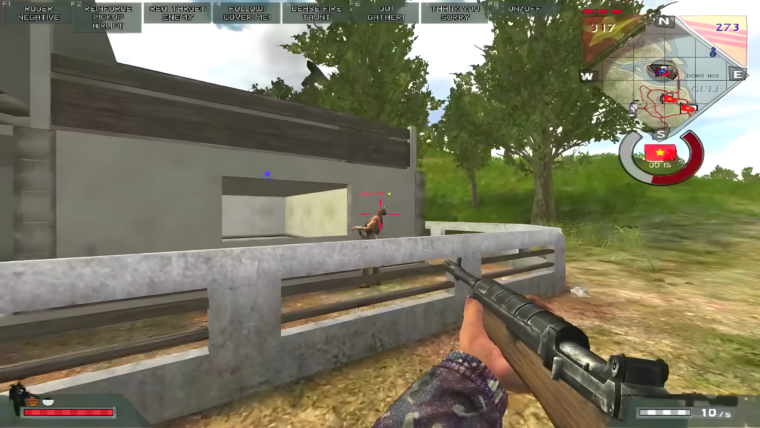
The Battlefield franchise is famous for its on-line, multiplayer depictions of World War II combat. Battlefield Vietnam for the PC brings the action into the 20th century and provides the players with modernized weaponry and vehicles, while adding a more immersive infantry experience. Read more
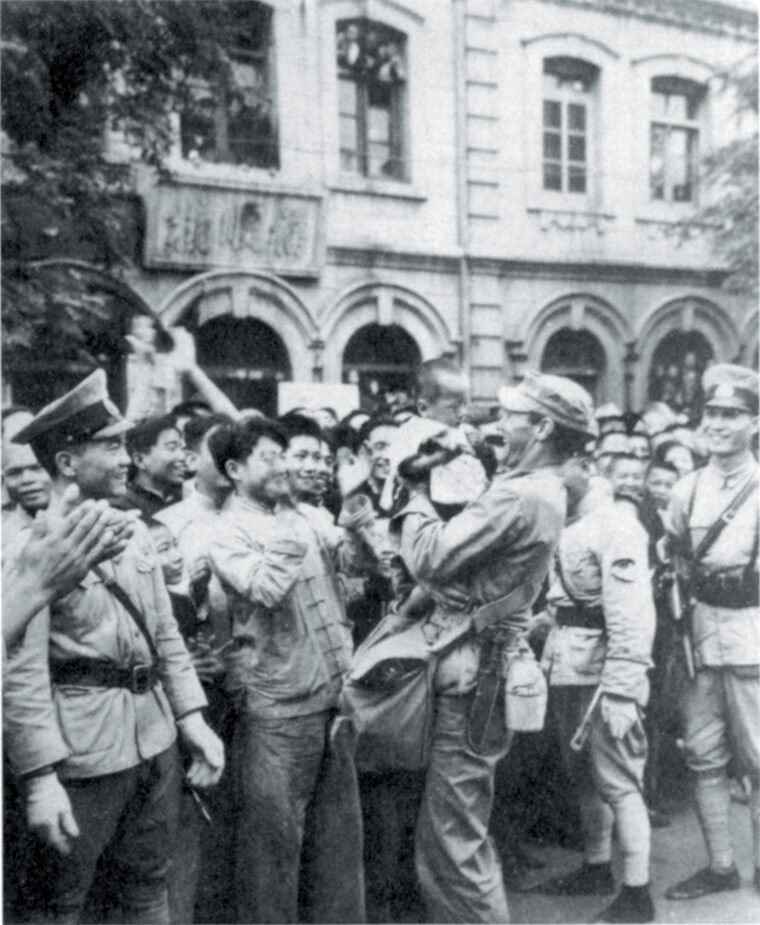
Author E.B. Sledge chronicled his World War II Marine infantry combat experiences in compelling and emotional detail in the acclaimed With the Old Breed: Peleliu and Okinawa. Read more
Dear Editor:
First, let me congratulate you on a great magazine; I love history, especially medieval history, and Military Heritage rarely fails to have much of interest. Read more
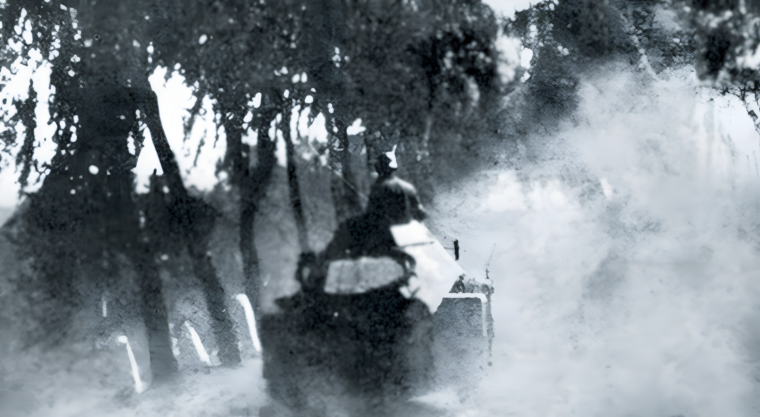
Adolf Hitler won victory after victory in the late 1930s: the remilitarization of the Rhineland in 1936, the incorporation of Austria into the Reich in 1938, the acquisition of the Sudetenland of Czechoslovakia in 1938 followed by the control over much of the remainder of Czechoslovakia six months later, and then the conquest of Poland in September 1939. Read more